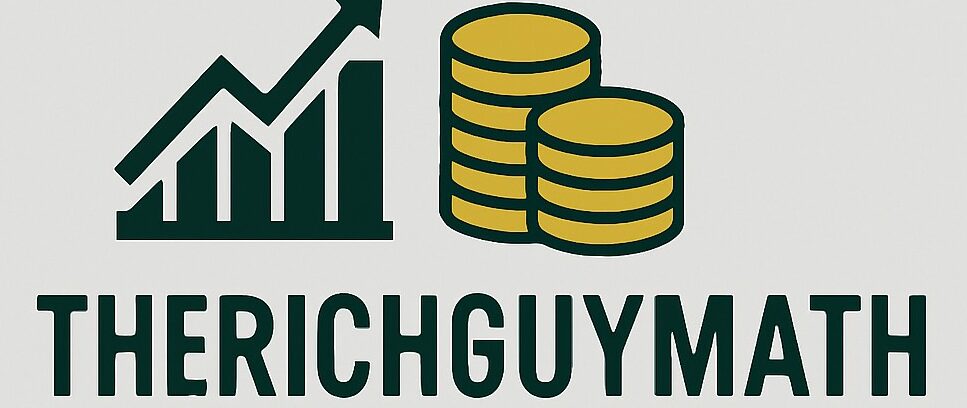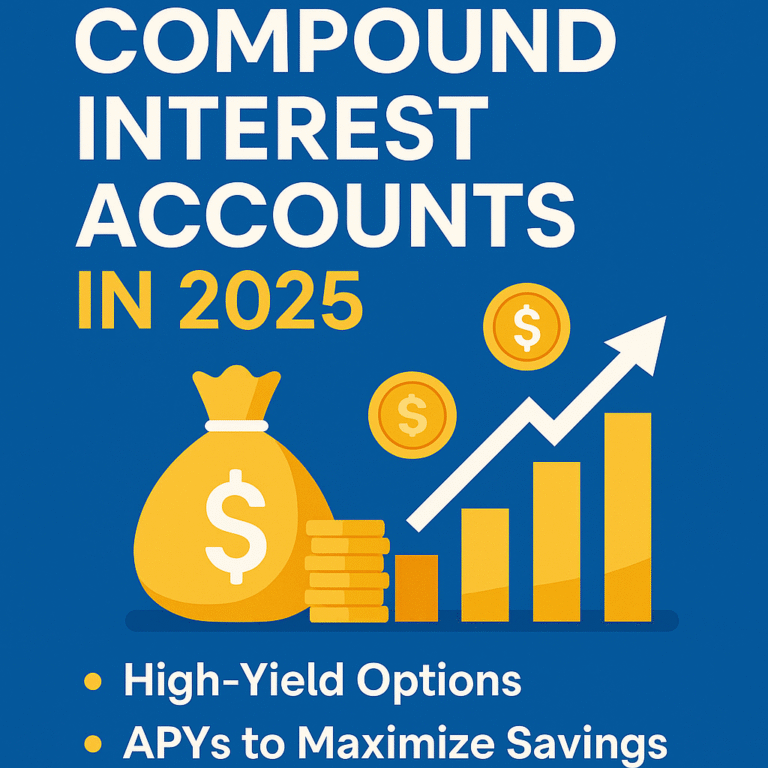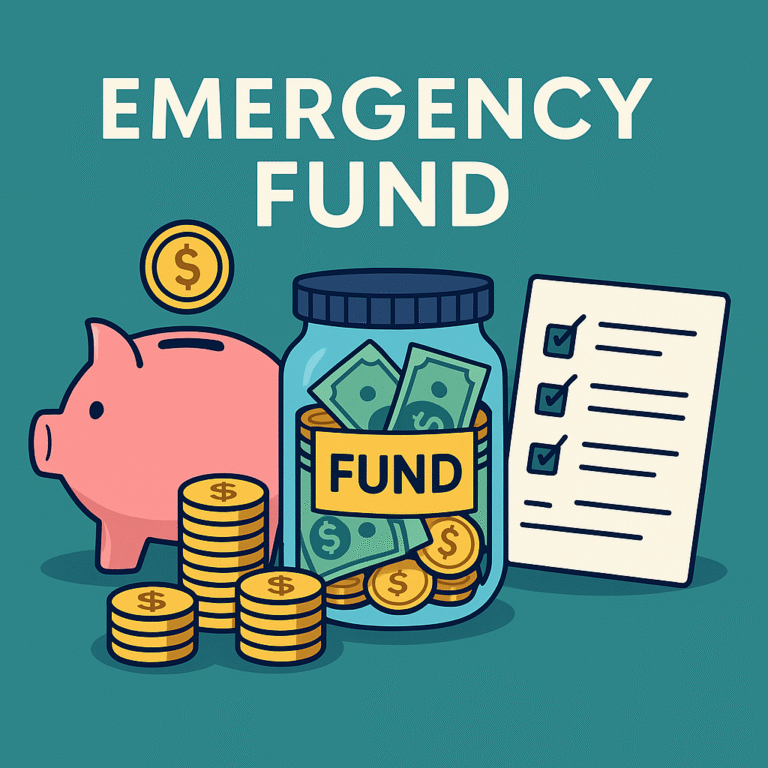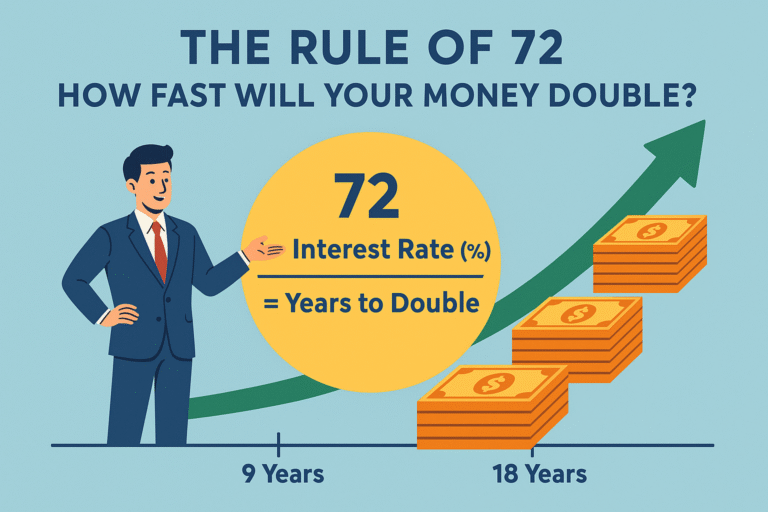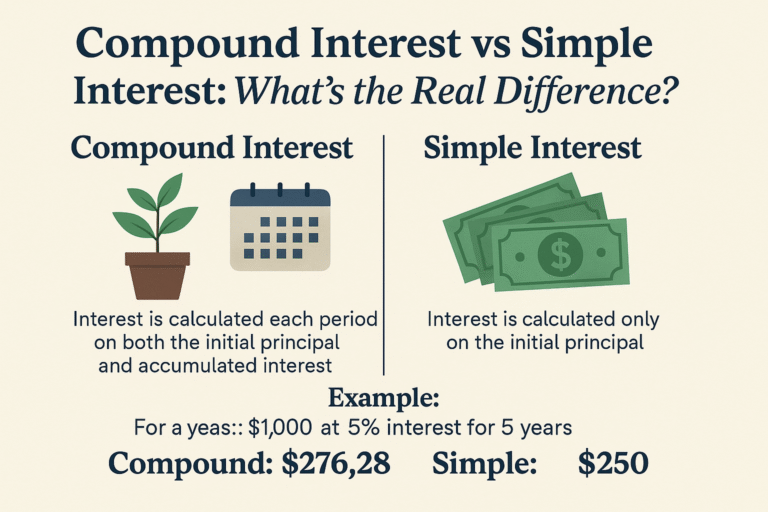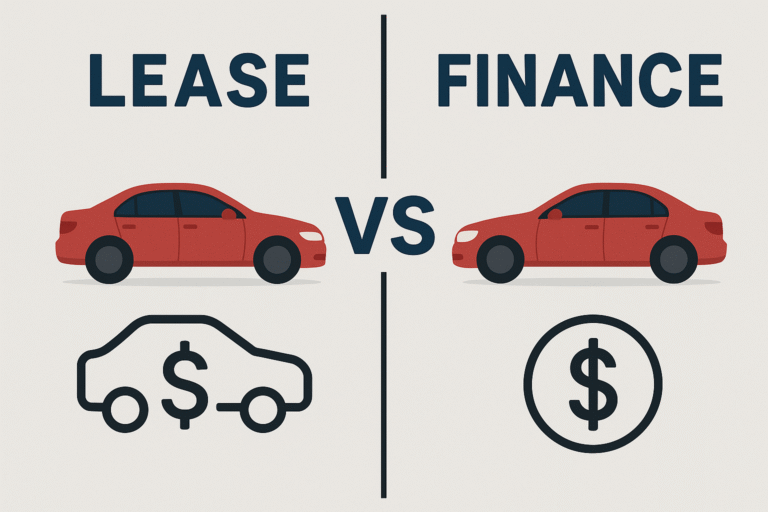Dividend investing has surged in popularity, especially among those seeking passive income, financial independence, or early retirement. Among the many ETF choices, two giants often top the list: SCHD (Schwab U.S. Dividend Equity ETF) and VYM (Vanguard High Dividend Yield ETF).
Both are excellent funds, but they have subtle differences that can significantly affect your long-term results.
In this guide, we’ll break down SCHD vs VYM in terms of dividend yield, performance, portfolio makeup, risk, and overall strategy so you can decide which is the right fit for your portfolio in 2025.
What Is SCHD?
SCHD, or the Schwab U.S. Dividend Equity ETF, tracks the Dow Jones U.S. Dividend 100 Index. It focuses on high-quality U.S. companies with a consistent history of paying and growing dividends.
Key Facts:
- Expense Ratio: 0.06%
- Dividend Yield: ~3.5% (as of 2025)
- Holdings: ~100
- Rebalancing Frequency: Annually
- Issuer: Charles Schwab
Strategy:
SCHD uses a fundamental screening approach, selecting stocks based on:
- Cash flow to debt ratio
- Return on equity
- Dividend yield
- 5-year dividend growth
This gives it a dividend growth tilt, appealing to investors looking for both income and capital appreciation.
What Is VYM?
VYM, or the Vanguard High Dividend Yield ETF, tracks the FTSE High Dividend Yield Index. Unlike SCHD, it casts a wider net, including hundreds of U.S. companies that pay above-average dividends.
Key Facts:
- Expense Ratio: 0.06%
- Dividend Yield: ~3.2% (as of 2025)
- Holdings: ~440
- Rebalancing Frequency: Quarterly
- Issuer: Vanguard
Strategy:
VYM focuses purely on yield, without factoring in dividend growth or quality metrics. As a result, it includes many mature, slow-growth but stable companies across various sectors.
SCHD vs VYM: Side-by-Side Comparison
| Feature | SCHD | VYM |
|---|---|---|
| Focus | Dividend growth + quality | High current dividend yield |
| Yield (2025) | ~3.5% | ~3.2% |
| Top Sectors | Industrials, Tech, Financials | Financials, Healthcare, Staples |
| Holdings | ~100 | ~440 |
| Dividend Growth | Higher | Slower |
| Volatility | Slightly higher | More stable |
| Expense Ratio | 0.06% | 0.06% |
| Best For | Long-term growth + income | Income + broad diversification |
Dividend Yield and Growth
When comparing dividend ETFs, yield is important — but so is growth.
- SCHD’s yield tends to be slightly higher than VYM, and more importantly, it has outpaced VYM in dividend growth over the past 5 years.
- VYM’s dividend is very stable, but doesn’t increase as aggressively.
Key Takeaway: If you want rising income over time, SCHD is stronger. If you want a consistent payout with less fluctuation, VYM is safer.
Performance Comparison
Total Returns (Last 10 Years)
- SCHD: ~11.5% CAGR
- VYM: ~9.8% CAGR
Volatility
- SCHD’s concentration in fewer sectors (notably tech and industrials) means higher short-term swings, but greater upside during bull markets.
- VYM’s broader exposure across 440+ stocks gives it more resilience during downturns.
2020-2022 Example:
- During the pandemic and recovery, SCHD recovered faster and delivered stronger returns.
- VYM, while steady, lagged in terms of price appreciation.
Conclusion: SCHD offers more growth potential, VYM provides more stability.
Holdings Breakdown
Let’s examine what you’re investing in.
Top 5 Holdings in SCHD (2025):
- Broadcom (AVGO)
- Texas Instruments (TXN)
- Amgen (AMGN)
- PepsiCo (PEP)
- Cisco Systems (CSCO)
Top 5 Holdings in VYM (2025):
- JPMorgan Chase (JPM)
- Johnson & Johnson (JNJ)
- Procter & Gamble (PG)
- ExxonMobil (XOM)
- Bank of America (BAC)
- SCHD is more tech/industrial-heavy, focused on companies with strong balance sheets and consistent dividend increases.
- VYM favors financials and healthcare, which are stable but grow more slowly.
Risk and Diversification
SCHD:
- ~100 stocks
- Heavily weighted in a few sectors (Industrials, Tech, Financials)
- Higher volatility, but quality-focused
VYM:
- ~440 stocks
- More balanced sector exposure
- Less volatile in downturns
Who Should Invest in SCHD?
You may prefer SCHD if:
- You want long-term dividend growth
- You’re focused on total return, not just yield
- You can handle short-term volatility
- You want to accumulate wealth and income over time
Example: A 30-year-old saving for early retirement may choose SCHD to maximize compounding and rising dividends.
Who Should Invest in VYM?
You may prefer VYM if:
- You value diversification and stability
- You’re closer to retirement and want a predictable income
- You want exposure to more sectors and companies
- You’re more risk-averse
Example: A retiree wanting to live off dividends with low volatility may choose VYM.
Tax Efficiency
Both funds are tax-efficient:
- Low turnover = fewer capital gains distributions
- Qualified dividends = lower tax rate than ordinary income
Tip: If possible, hold either fund in a Roth IRA or tax-advantaged account to minimize taxes.
Final Verdict: SCHD vs VYM in 2025
There is no one-size-fits-all answer. But here’s the quick summary:
| If You Want… | Go With… |
|---|---|
| Higher long-term returns | SCHD |
| Better dividend growth | SCHD |
| Lower volatility and more stocks | VYM |
| Higher current income (slightly) | SCHD |
| Stability & broad diversification | VYM |
Some investors own both, using SCHD for growth and VYM for ballast.
